Renal Failure
Stem cells are applicable to following types of renal inadequacy
Stem cells are effective to the renal inadequacy starting from the kidney damage, vascular nephropathy, genetic nephropathy, nephrosis of infection, systemic diseases,toxic nephropathy, obstructive nephropathy, which are because of chronic glomerulonephritis nephropathy or metabolic abnormality. This treatment plays effect on the patients from stage Ⅰ,Ⅱ, Ⅲ(stage of kidney failure), Ⅳ(stage of uraemia).
Treatment advantages
Stem cell transplantation is a high-end clinical treatment of biotechnology, which features low-risk, fast reaction, painlessness, good treatment effectiveness and so on. Compared to dialysis, medication and kidney transplantation its advantage of biotechnology is remarkable.
Effectiveness
The effect will present a week later than treatment, and the kidney of most patients who have taken 2 cycles of treatments can work as normal, when the symptoms like oliguria, edema, hypertension, anemia and so on relieve remarkably or even disappear.
However, medication and dialysis can only relieve the symptoms of disease without radically repairing the damaged kidney. Kidney transplantation is risky and may develop immunologic rejection, for the kidney transplanted should be healthy enough, so it is strict to donor, the most important thing is that a patient recovers slow.
It is safe and reliable
Stem cells do not have side effect but hypoimmunity that they rarely develop immunologic rejection. The treatment is performed by minimally invasive technology which is non-operation, painless and effective.
Medication not only causes drug resistance but also increases burden of kidney. Dialysis can lead to dialysis disequilibrium syndrome and other untoward reactions, and is not that proper to the patients with vascular diseases. Patients of kidney transplantation get higher risk to develop hypertension, heart disease, diabetes, hyperlipoidemia, hyperuricacidemia and other metabolic diseases.
Stem cells both from patient body or others are applicable in treatments, for they exist extensively in human body.
Stem cells extensively exist in most tissues and organs of human body. But the stem cells used in treatment are mainly bone marrow stem cells, peripheral blood stem cells, umbilical cord blood stem cell and so on. Because of their low immunity, the stem cells from both patient body or others can apply to treatments.
Even kidney transplantation is a better choice for patients in late stage of kidney diseases, there is short of kidney sources because of the limited qualified donors. According to the statistics reported by World Health Organization, 80% or more patients who have to take kidney transplantation are die in waiting for suitable kidney.
Extensive clinical application
Stem cell treatment can effectively treat the disease causing from kidney failure, while it also takes effect on patients of renal inadequacy from stage Ⅰ, Ⅱ, Ⅲ(stage of kidney failure), Ⅳ(stage of uraemia).
Compared to stem cells, medication is more effective to the patients of renal inadequacy in stage 1, and dialysis normally is applied to the patients of middle or late stages. Kidney transplantation is the last treatment for kidney failure patients.
Stem cell treatment procedures
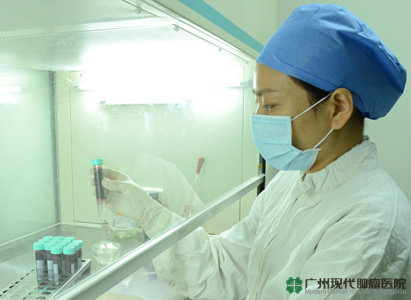
The process of stem cell treatment includes pre-operative therapies, stem cell transplantation, post-operative therapies.
Pre-operative therapies include
Day 1, Hospitalization.Go through admission procedures
Day 2, Examination.Finish related physical examination and lab tests to make sure the suitable stem cell transplant program
Day 3~Day 6,Pre-operative therapies.Giving pre-operative treatments and physical conditioning according to the patient’s individual situation
Stem cell transplantation
Day 7, Stem cell transplantation via artery interventional infusion.Undergo stem cell transplantation under local anesthesia via artery interventional infusion
Post-operative therapies
Day 8 ~ day 9,Post-operative observation.Access every single efficacy index, arrange consolidated treatments
Day 10, Discharge and review.Discharge procedures and follow-up order
*Usually, it takes about 10 days for the whole treatment process, but the exact time varies from patient to patient according to their individual condition. For the sake of your health, a face to face consultation & evaluation with the doctor is suggested.
-
 Cryotherapy...
Cryotherapy...
Cryotherapy freezes tumor by the temperature of 120℃~ 165℃ below zero in a dozen of seconds and turn into ice ball. The tumor inside ice ball is trapped in a "starving and extre...more>>
-
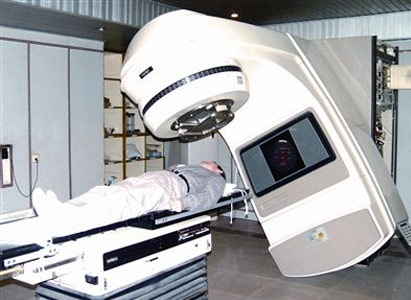 Radiation Therapy...
Radiation Therapy...
Radiation therapy or radiotherapy is a therapy using ionizing radiation, generally as part of cancer treatment to control or kill malignant cells, which can be divided into systemic...more>>
-
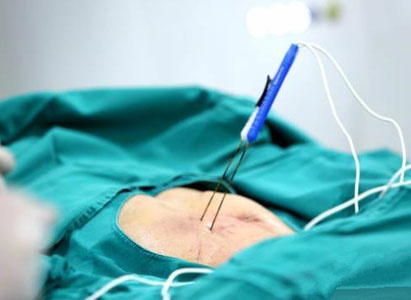 Introduction of Nanoknife Techn...
Introduction of Nanoknife Techn...
Nanoknife is a brand-new cutting-edge ablation technology for tumor treatment. It breaks the membrane of tumor cells with high voltage pulses from electrode probes, resulting in mul...more>>
-
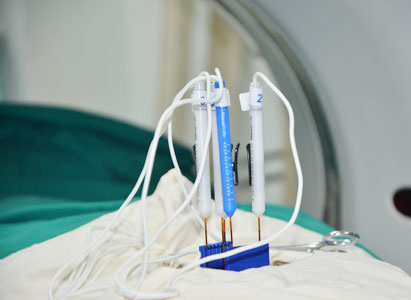 Successful case of nanoknife ab...
Successful case of nanoknife ab...
Modern Cancer Hospital Guangzhou successfully completed a case of nanoknife which was performed under CT guide and general anesthesia to ablate pancreatic cancer....more>>
-
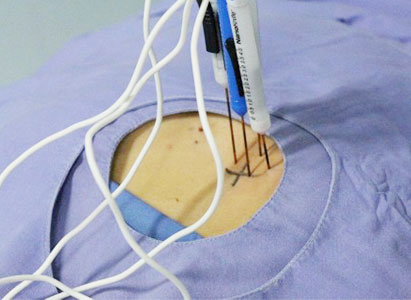 Nanoknife:safety and quick re...
Nanoknife:safety and quick re...
Nanoknife is the latest, most advanced cancer treatment. Nanoknife is suitable for pancreatic cancer treatment, which can raise the survival rate to more than 2 times for them....more>>
-
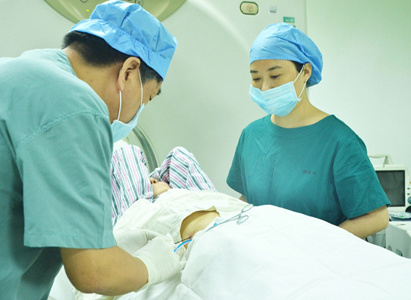 The Latest Direction of Tumor T...
The Latest Direction of Tumor T...
Microwave ablation (MWA) is a form of minimally invasive physical therapy with the highest inactivation rate at present. It is used in interventional radiology to treat cancer in Mo...more>>
-
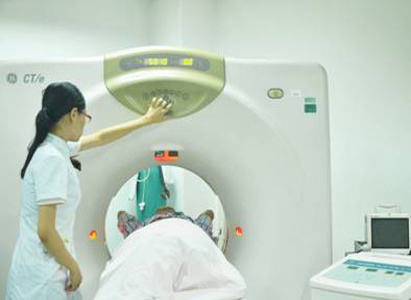 Microwave Ablation (MWA): Opene...
Microwave Ablation (MWA): Opene...
Microwave ablation (MWA) is a form of minimally invasive physical therapy with the highest inactivation rate at present. It is used in interventional radiology to treat cancer in Mo...more>>
-
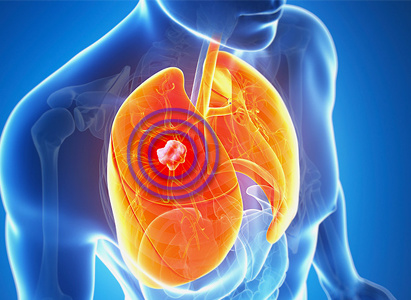 Cryotherapy and Lung Cancer...
Cryotherapy and Lung Cancer...
Currently, the traditional treatments available for lung cancer are surgery, chemotherapy and radiotherapy. However, with the advancement in the medical technologies, minimally inva...more>>
-
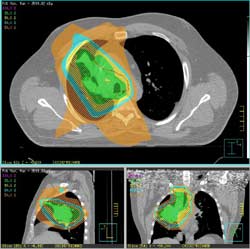 Photon Knife/3D Conformal Radia...
Photon Knife/3D Conformal Radia...
Photon Knife uses the targeting information to focus precisely on the tumor, while avoiding the healthy surrounding tissue. This exact targeting are more effective in shrinking and ...more>>
-
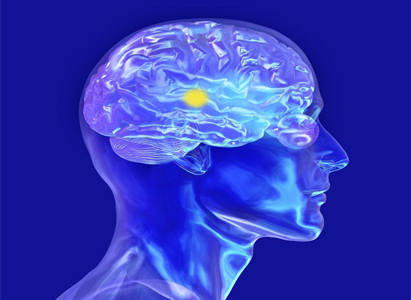 New combination therapy for bra...
New combination therapy for bra...
The new method developed by Modern Cancer Hospital Guangzhou to treat brain tumor: photon knife + targeted therapy, if combined with traditional Chinese medicine immunity, can effec...more>>
-
 Interventional Therapy:Starves ...
Interventional Therapy:Starves ...
What is interventional therapy? Interventional therapy is a mini-invasive therapy that under the guidance of medical image equipment. It mainly has two categories: vascular interven...more>>
-
 Green Chemotherapy...
Green Chemotherapy...
MCHG modified conventional chemotherapy with means, minimizing its side effects while maximizing the efficacy. With the advantages of reduce side effects greatly, those chemotherapi...more>>
Q&A Portion
- Question:Doc, I want to ask particle implantation, I was diagnosed breast cancer last year.
- Answer:Particle implantation is to implant the radioactive particles inside the tumor by percutaneous puncture. The radiation releases from the particle can constantly kill the tumor cells without hurting other organs or tissues around tumor. Actually it is an internal radiotherapy with less side effects and small complications. That is depending on individual condition. We need to study your case first then we can know if this treatment is the best for you. You can send us your medical reports, records, imaging materials like CT scans, MRI etc. for our specialist team study first. Then we would offer you the treatment plan accordingly.




